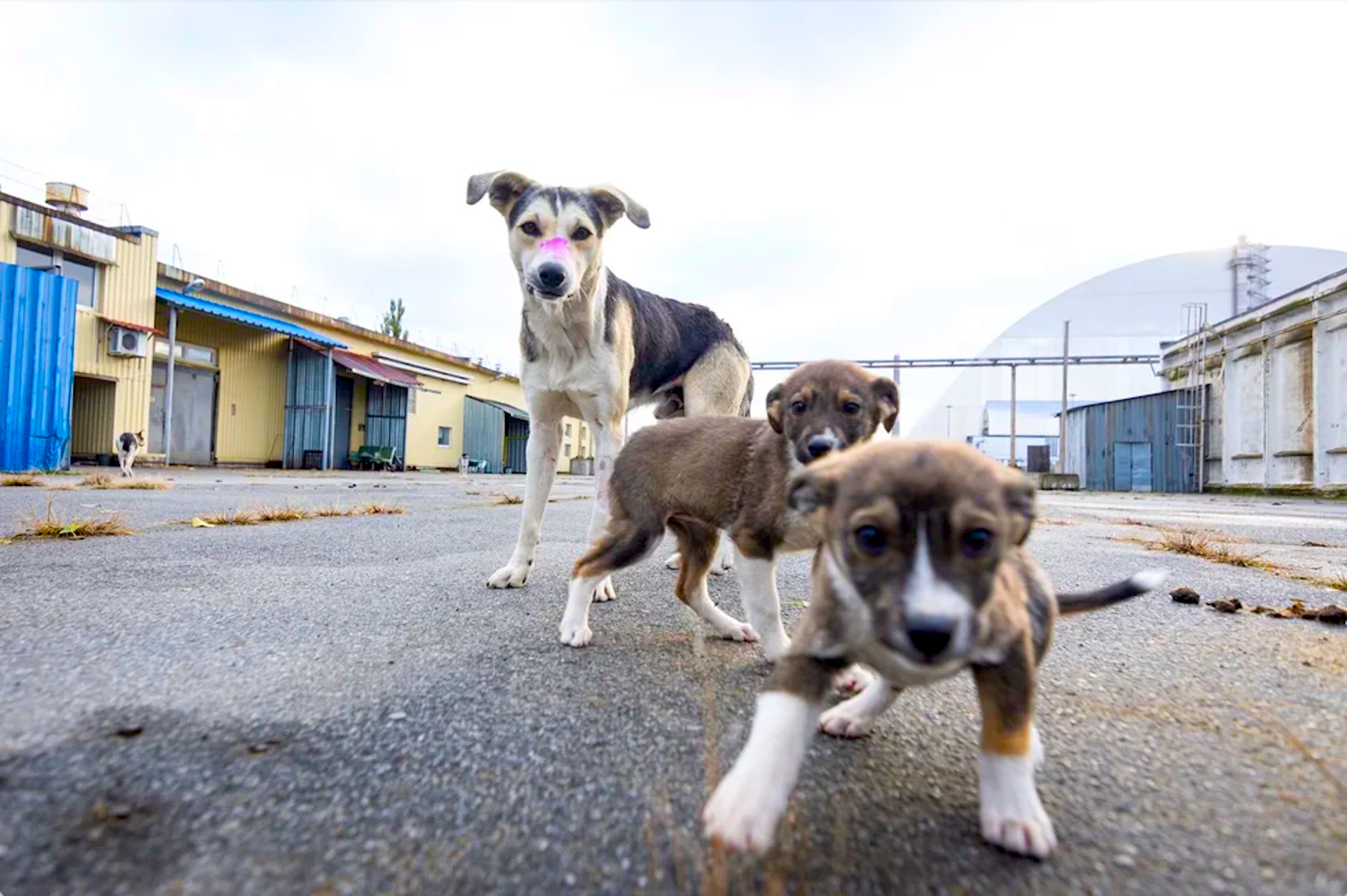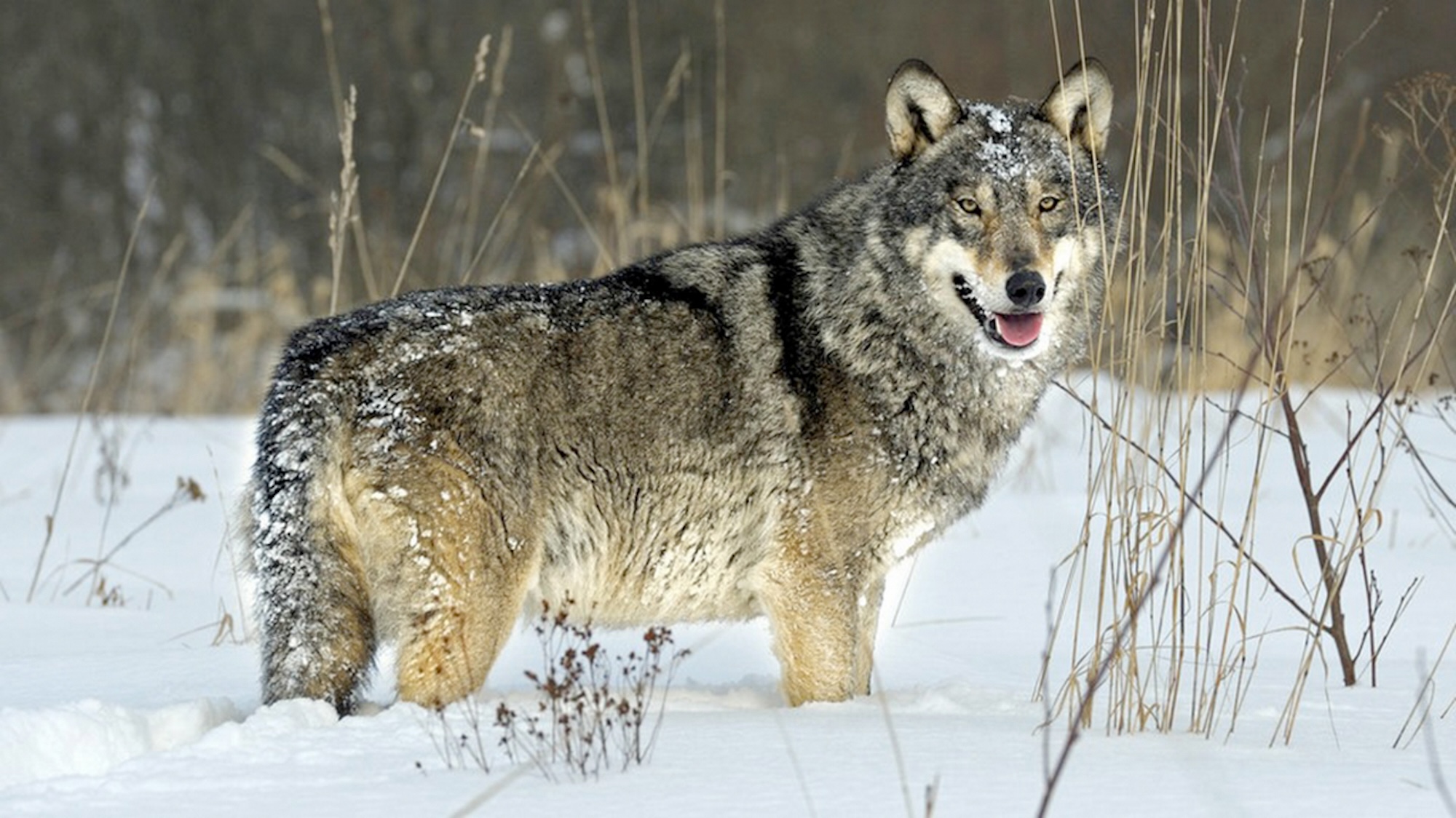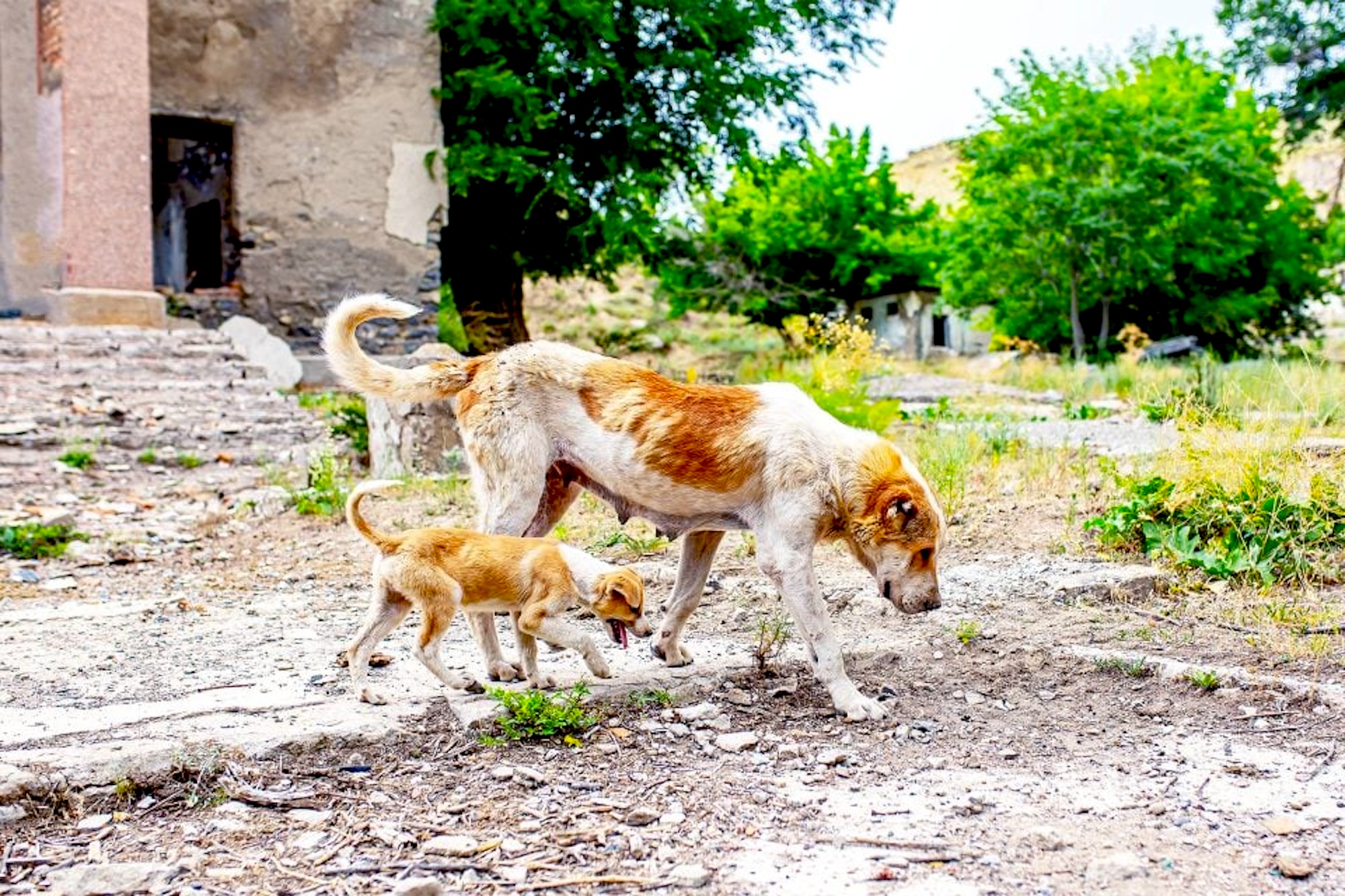- Stray dogs in the Chernobyl Exclusion Zone are rapidly evolving in the radioactive environment.
- Researchers have identified unique genetic markers in these dogs.
- Studying these dogs provides insights into genetic resilience with potential applications for humans.
In the silence of the Chernobyl Exclusion Zone a curious phenomenon is unfolding: stray dogs, the descendants of pets abandoned during the catastrophic 1986 nuclear disaster, are rapidly evolving in ways that leave scientists shocked, intrigued and questioning the limits of adaptation.
The Chernobyl dogs are a living legacy of the disaster. When the explosion at Reactor No. 4 unleashed a radioactive nightmare, residents were forced to flee, leaving behind their pets. These dogs, now feral, have carved out a life in one of the most hostile environments on Earth. Fast forward nearly 40 years, and these dogs have done more than survive… they’ve adapted, and fast.

Evolution in a Toxic World
New research reveals that these animals exhibit genetic differences that set them apart from dogs in non-contaminated areas. These changes appear to have occurred at a pace far faster than traditional evolutionary theory would predict.
Related Stories
A recent study analysed blood samples from dogs living within the power plant grounds and those in nearby areas. The findings were striking: dogs closest to the reactor had genetic markers distinguishing them from their counterparts further afield and from domestic dogs worldwide. Dr. Elaine Ostrander, a geneticist involved in the study, explains:
“We can identify populations of dogs living in and around the reactor simply by their DNA profile.”
Dr. Elaine Ostrander
While the exact implications of these genetic differences remain unclear, the findings underscore the remarkable adaptability of these animals. Dogs aren’t the only creatures adapting to the radioactive environment. Wolves in the area appear to have developed a degree of resistance to cancer, while tree frogs have evolved darker skin rich in melanin, which may shield them from radiation’s harmful effects.

The driving forces behind these adaptations are complex. Radiation exposure is known to cause genetic mutations, which, when advantageous, may help organisms thrive in extreme conditions. In some cases, individuals ill-suited to the environment perish, leaving behind a genetically hardened population.
While efforts to study and care for these animals continue — vaccination drives, adoption programmes, and veterinary care are now regular occurrences — there is still much to learn. As scientists unravel the genetic mysteries of these dogs, the hope is to understand their survival and apply these insights to safeguard other species, including humans, in an increasingly volatile world.
Behind the Research
The research on Chernobyl’s dogs is led by a coalition of scientists from National Institutes of Health (NIH) and North Carolina State University (NC State), as well as geneticists and ecologists. Led by experts such as Dr. Elaine Ostrander and Dr. Matthew Breen, the teams are working to uncover the genetic changes taking place in the region’s stray dog populations.

These researchers aim to explore how prolonged exposure to extreme environmental hazards—radiation, toxic metals, and chemical contaminants—impacts large-bodied mammals on a genetic level. The insights gained from this work could have profound implications for understanding genetic resilience and repair mechanisms in humans.
What are the Implications for Humanity?
The dogs of Chernobyl aren’t just an anomaly; they’re a potential model for studying how humans might adapt to environmental extremes. Dogs, often called sentinel species, share many biological and physiological similarities with humans. By analysing the dogs’ genetic adaptations, researchers hope to identify markers that could explain how living organisms cope with sustained exposure to hazardous conditions.

Early findings suggest that certain genes associated with DNA repair and mutation correction are more active in the Chernobyl dogs, particularly those closest to the reactor. If these genes can be studied further, they might reveal pathways to enhance human resilience against similar stressors, including exposure to radiation or other environmental toxins.
Understanding how organisms survive in high-radiation environments could be pivotal for protecting astronauts on long-term missions, such as journeys to Mars, where cosmic radiation poses significant risks. Additionally, the findings might guide the development of therapies for those affected by radiation exposure, whether from medical treatments or nuclear incidents.
If you want to know more about the Chornobyl disaster, check out the mini-series Chernobyl, it’s essential viewing.

